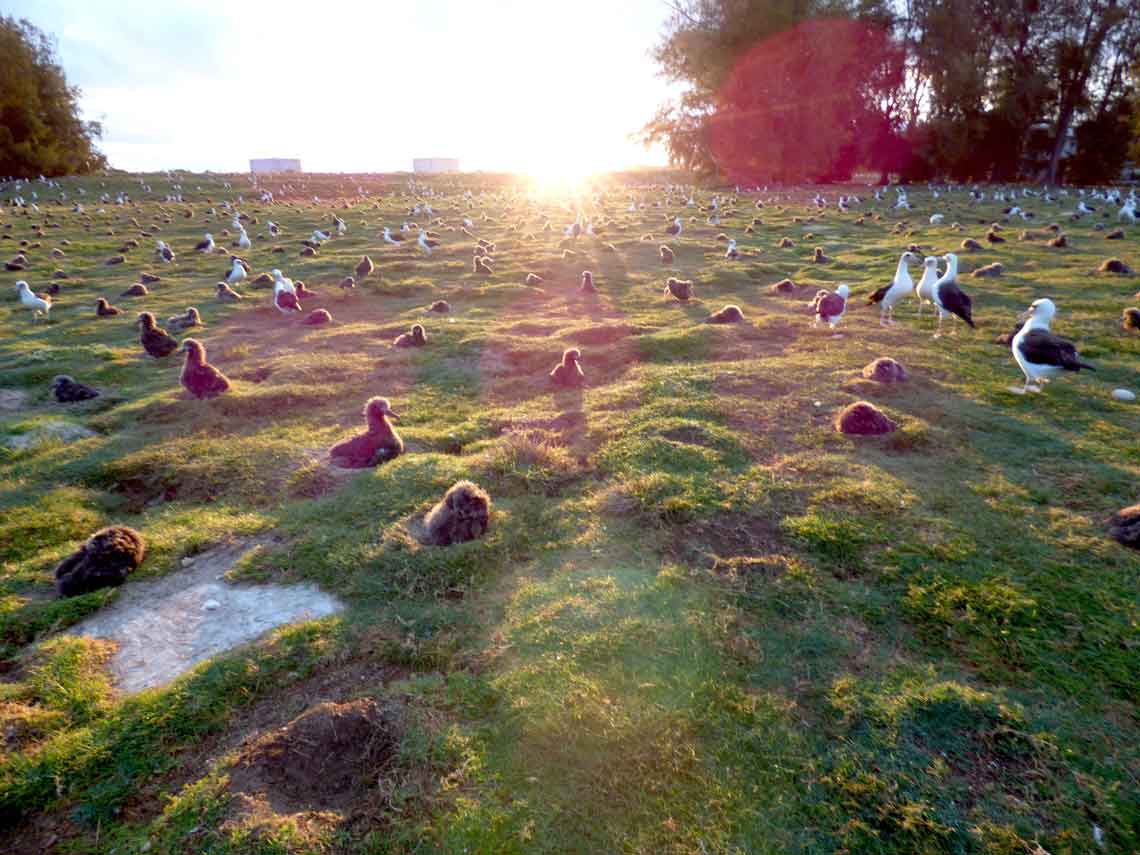Midway Atoll has gone to the birds. Every year 3 million seabirds flock to 1,500 acres of land 1200…
Read More
Contact Us:
Office: (808) 573-6472
Press/Media Inquiries: (808) 344-2756
Email: miscpr@hawaii.edu
Pāʻia, Hawaii 96779

Mailing Address:
Maui Invasive Species Committee (MISC)
PO Box 983
Makawao, HI 96768
Physical Address:
Please call first to ensure someone is present before visiting
Old Maui High School
1000 Holumua Road
Pāʻia, Hawaii 96779
